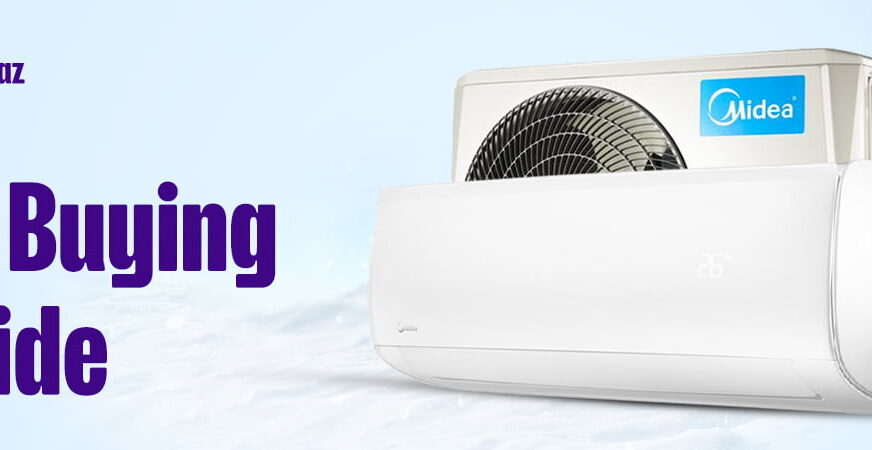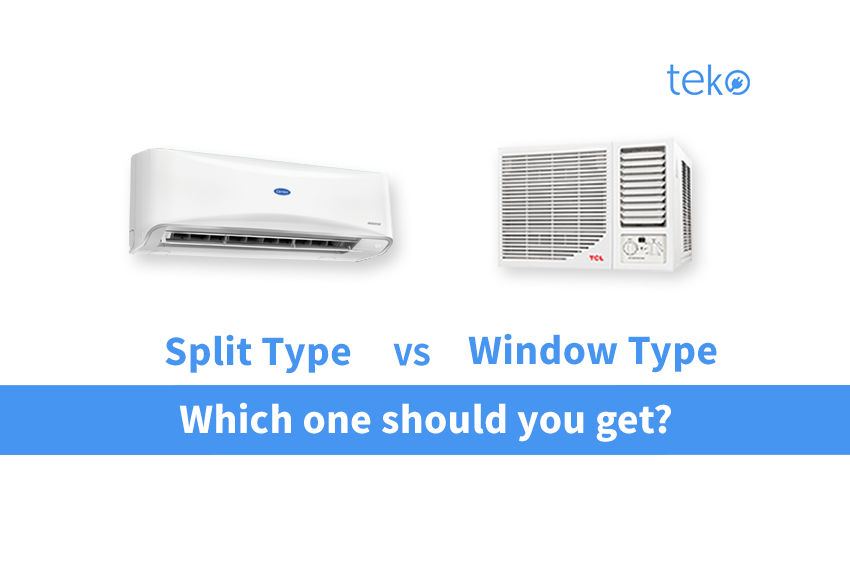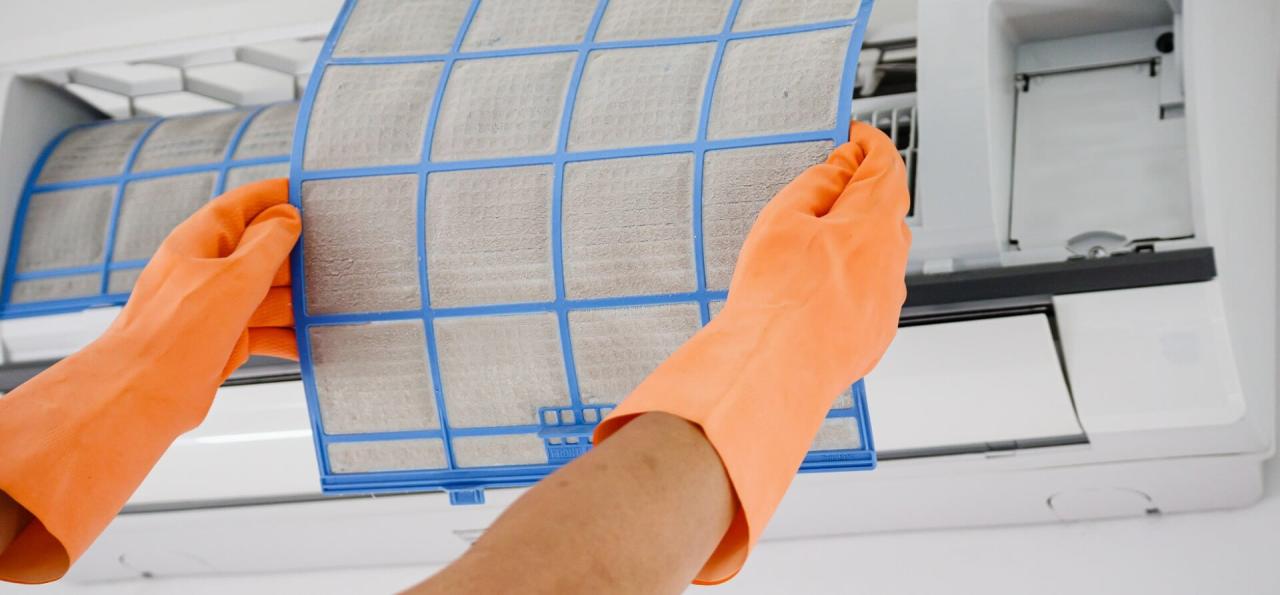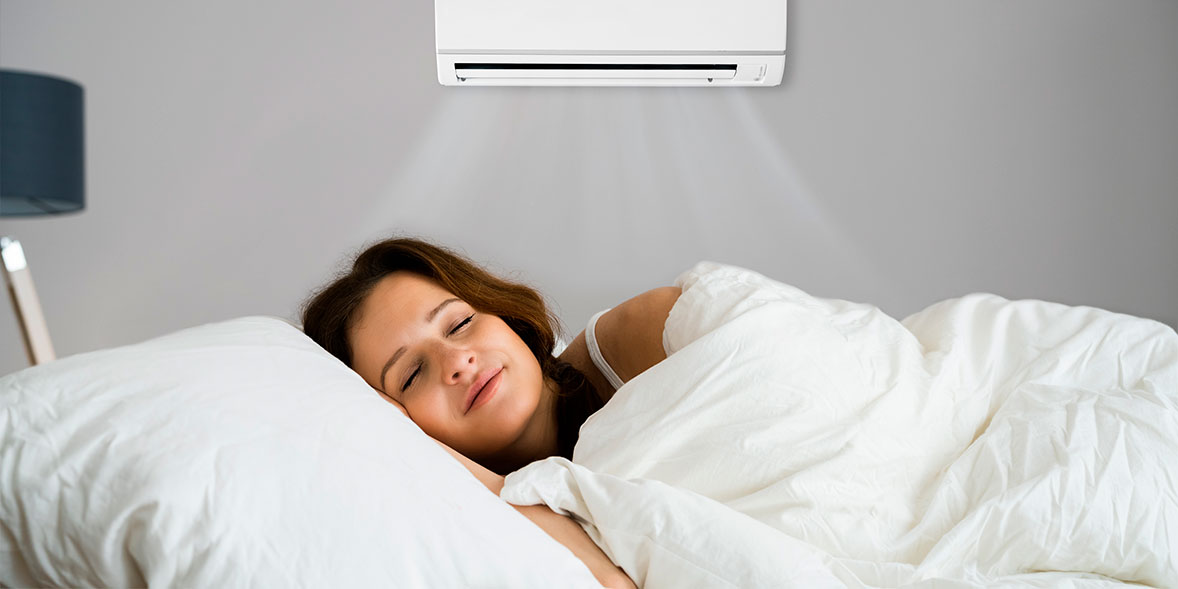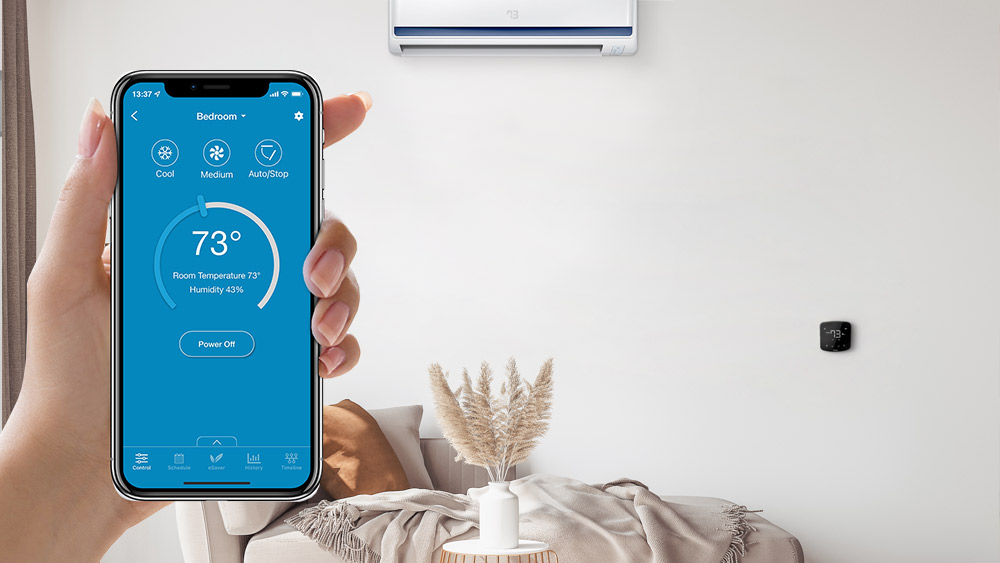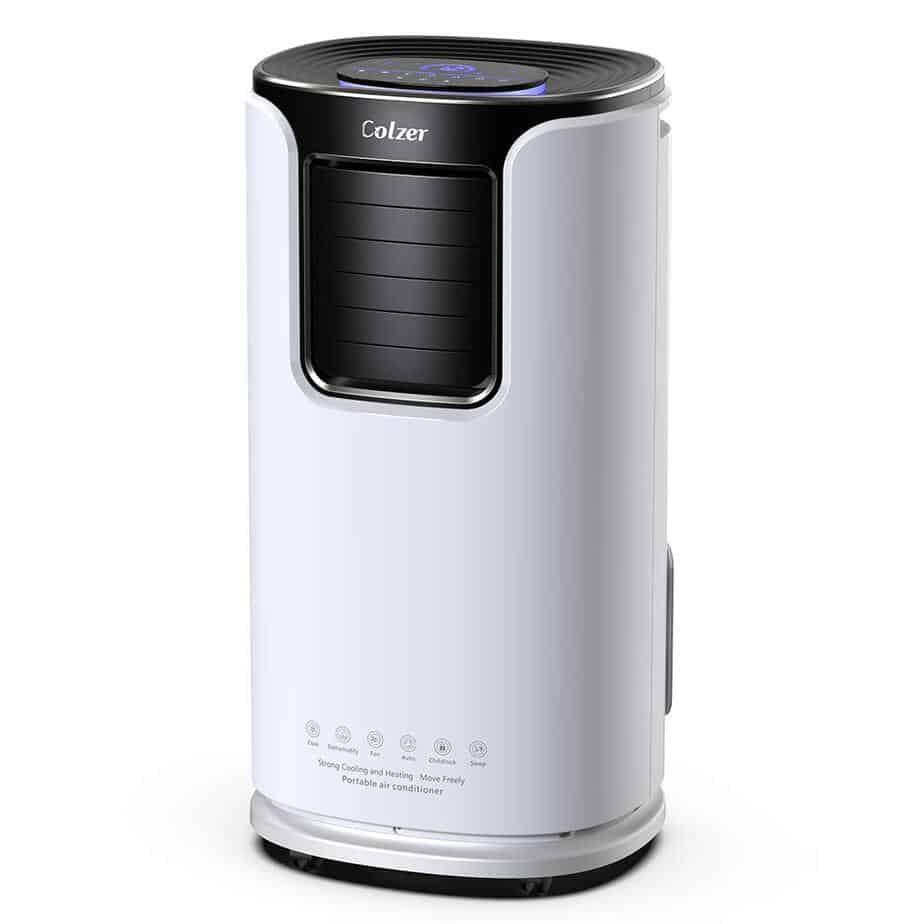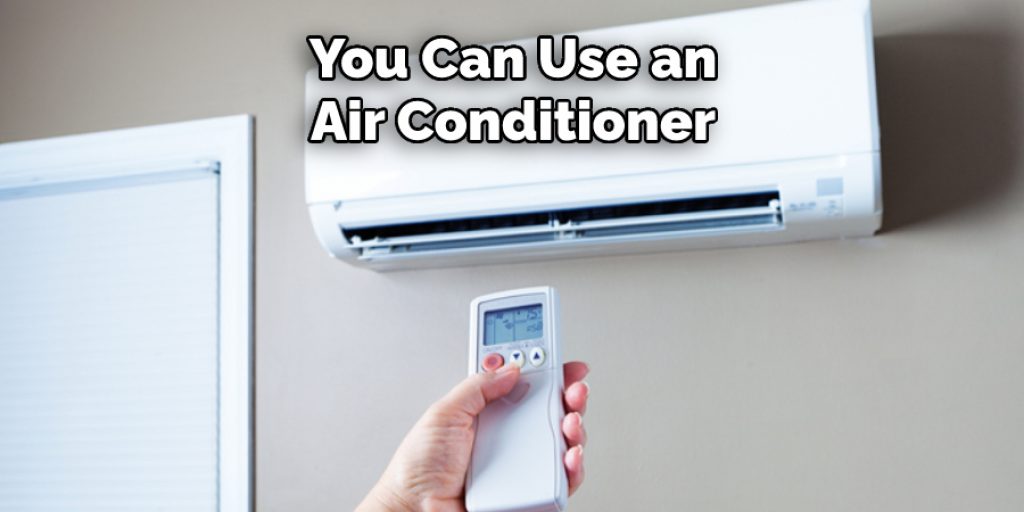Exploring the world of air conditioning in European homes unveils a realm of varying home sizes, climates, and air conditioner types. Let's dive into the nuances of selecting the perfect cooling solution for your European abode.
Overview of European homes and climate
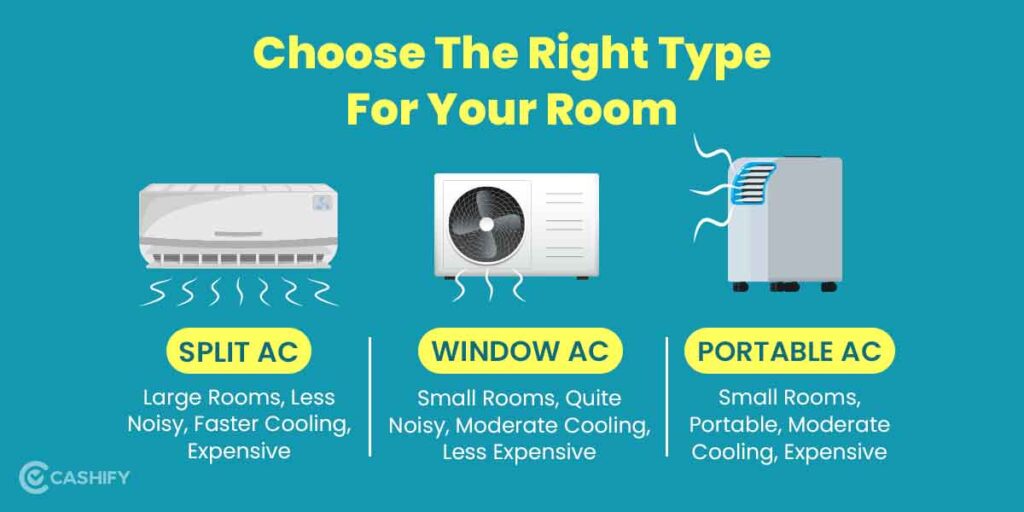
European homes vary in size depending on the country and urban or rural location. In general, apartments are more common in urban areas, while single-family homes are prevalent in suburban and rural regions.
Typical Home Sizes in Europe
In countries like the UK, Germany, and France, the average size of a home ranges from 70 to 100 square meters for apartments, while single-family homes can be larger, averaging around 150 to 200 square meters. In Southern European countries like Spain and Italy, homes tend to be more compact, with apartment sizes averaging around 50 to 80 square meters.
Climate Variations Across European Regions
Europe experiences a diverse range of climates, from the Mediterranean climate in the south to the continental climate in the central and eastern regions. Coastal areas generally have milder temperatures compared to inland areas.
Importance of Air Conditioning in European Homes
While Europe is known for its moderate climate, summers can still bring hot and humid weather, especially in Southern countries. Air conditioning has become increasingly important in European homes to ensure comfort during heatwaves and improve indoor air quality.
Types of air conditioners suitable for European homes
When it comes to choosing the right air conditioner for your European home, there are several options to consider. Let's explore the different types of air conditioners that are suitable for European homes.
Split Air Conditioners
Split air conditioners are a popular choice for European homes due to their efficiency and quiet operation. They consist of two units - one indoor unit that is typically mounted on a wall, and one outdoor unit. The indoor unit blows cool air into the room, while the outdoor unit releases the heat outside.
Split air conditioners are known for their energy efficiency and ability to cool larger spaces effectively.
Portable Air Conditioners
Portable air conditioners are another option for European homes, especially for those who may not have the space or installation capabilities for a split system. These units are easy to move around and can be placed in different rooms as needed.
While portable air conditioners may not be as energy efficient as split systems, they provide a convenient cooling solution for smaller spaces.
Inverter vs. Non-Inverter Air Conditioners
When considering air conditioners for your European home, you may come across both inverter and non-inverter models. Inverter air conditioners are more energy efficient compared to non-inverter models, as they can adjust the compressor speed to maintain a consistent temperature.
This results in lower energy consumption and reduced electricity bills. Non-inverter air conditioners, on the other hand, operate at a fixed speed and may consume more energy in the long run.
Sizing and capacity considerations
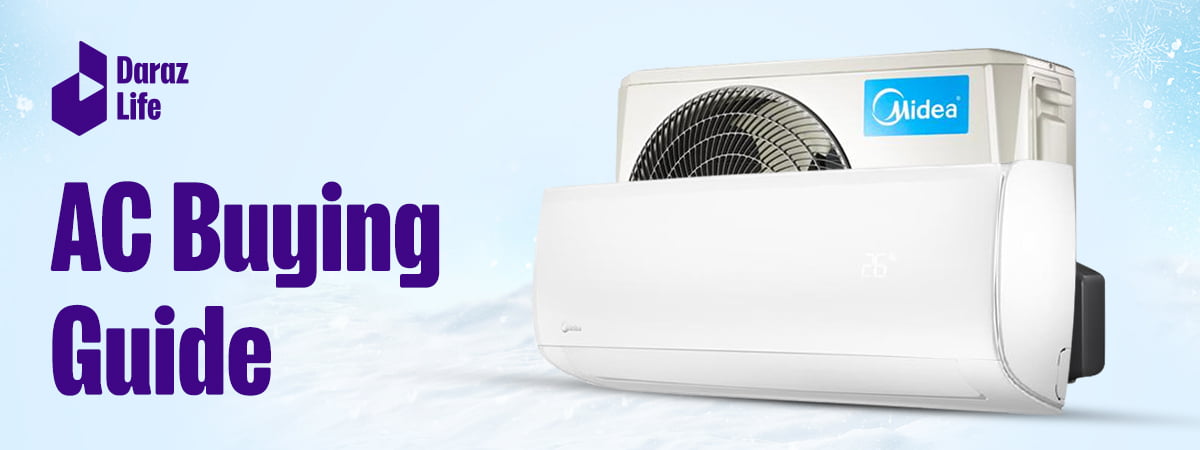
When it comes to choosing the right air conditioner for your European home, sizing and capacity are crucial factors to consider.
Calculating the right size of an air conditioner
- One common method is to calculate the cooling capacity needed based on the size of the room. This is typically measured in British Thermal Units (BTUs).
- For example, a room that is 150-350 square feet may require an air conditioner with a cooling capacity of 5,000-8,000 BTUs.
- On the other hand, a larger room of 700-1,000 square feet might need an air conditioner with a cooling capacity of 14,000-18,000 BTUs.
Energy efficiency and eco-friendly options
When it comes to choosing an air conditioner for your European home, energy efficiency and eco-friendliness are important factors to consider. In this section, we will discuss the energy efficiency ratings applicable in Europe, the importance of choosing eco-friendly refrigerants, and compare the energy consumption of different types of air conditioners.
Energy Efficiency Ratings in Europe
In Europe, air conditioners are labeled with an Energy Efficiency Ratio (EER) or a Seasonal Energy Efficiency Ratio (SEER). The higher the EER or SEER rating, the more energy-efficient the air conditioner is. Look for units with higher ratings to save on energy costs in the long run.
Importance of Choosing Eco-friendly Refrigerants
It is crucial to opt for air conditioners that use eco-friendly refrigerants such as R-410A or R-32. These refrigerants have a lower impact on the environment compared to older refrigerants like R-22, which are known to deplete the ozone layer.
Choosing eco-friendly refrigerants helps reduce your carbon footprint and contributes to a more sustainable future.
Comparison of Energy Consumption
| Air Conditioner Type | Energy Consumption |
|---|---|
| Split System | Split systems are generally more energy-efficient than portable units, especially when properly sized for the space they are cooling. |
| Portable Air Conditioner | Portable air conditioners tend to consume more energy than split systems due to their design and lack of proper insulation. |
| Ductless Mini-split | Ductless mini-split systems are energy-efficient and offer zone cooling, allowing you to cool specific areas of your home without wasting energy on unused spaces. |
Installation and Maintenance Tips
When it comes to air conditioners in European homes, proper installation and regular maintenance are key to ensuring optimal performance and longevity of the unit.
Step-by-Step Guide for Installing a Split Air Conditioner
- Choose the location for the indoor unit, ensuring it is away from direct sunlight and sources of heat.
- Install the mounting plate on the interior wall using a level to ensure it is straight.
- Drill a hole through the wall to connect the indoor and outdoor units with the refrigerant lines.
- Mount the outdoor unit on a sturdy surface, ensuring it is level and stable.
- Connect the refrigerant lines, power cables, and drainage pipe between the indoor and outdoor units.
- Secure the units in place and test the air conditioner to ensure it is functioning properly.
Significance of Regular Maintenance
Regular maintenance of air conditioners is crucial for maintaining efficiency and extending the lifespan of the unit. It helps prevent costly repairs and ensures optimal performance during hot summer months.
Tips for Improving Longevity and Efficiency
- Change or clean the air filters regularly to maintain proper airflow and indoor air quality.
- Keep the outdoor unit clean and free from debris to prevent airflow restrictions.
- Schedule annual professional maintenance to check refrigerant levels, electrical connections, and overall performance.
- Use a programmable thermostat to regulate temperature and reduce energy consumption when the air conditioner is not needed.
- Avoid setting the thermostat too low, as it can strain the unit and increase energy consumption.
Conclusive Thoughts
As we conclude our journey through the intricacies of air conditioner selection for European homes, remember that the right choice can transform your living space into an oasis of comfort. Make an informed decision and enjoy the cool breeze of efficiency in your home.
FAQ Insights
What factors should I consider when choosing an air conditioner for my European home?
Factors to consider include the size of your home, climate in your region, energy efficiency ratings, and the type of air conditioner suitable for your needs.
Are portable air conditioners a good option for European homes?
Portable air conditioners provide flexibility and are suitable for smaller spaces or apartments in European homes. However, they may not be as efficient as split air conditioners for larger areas.
How do I select the right size air conditioner for my European home?
To determine the right size, calculate the cooling capacity needed based on the room size. Factors like insulation, ceiling height, and sunlight exposure also play a role in sizing the air conditioner correctly.

